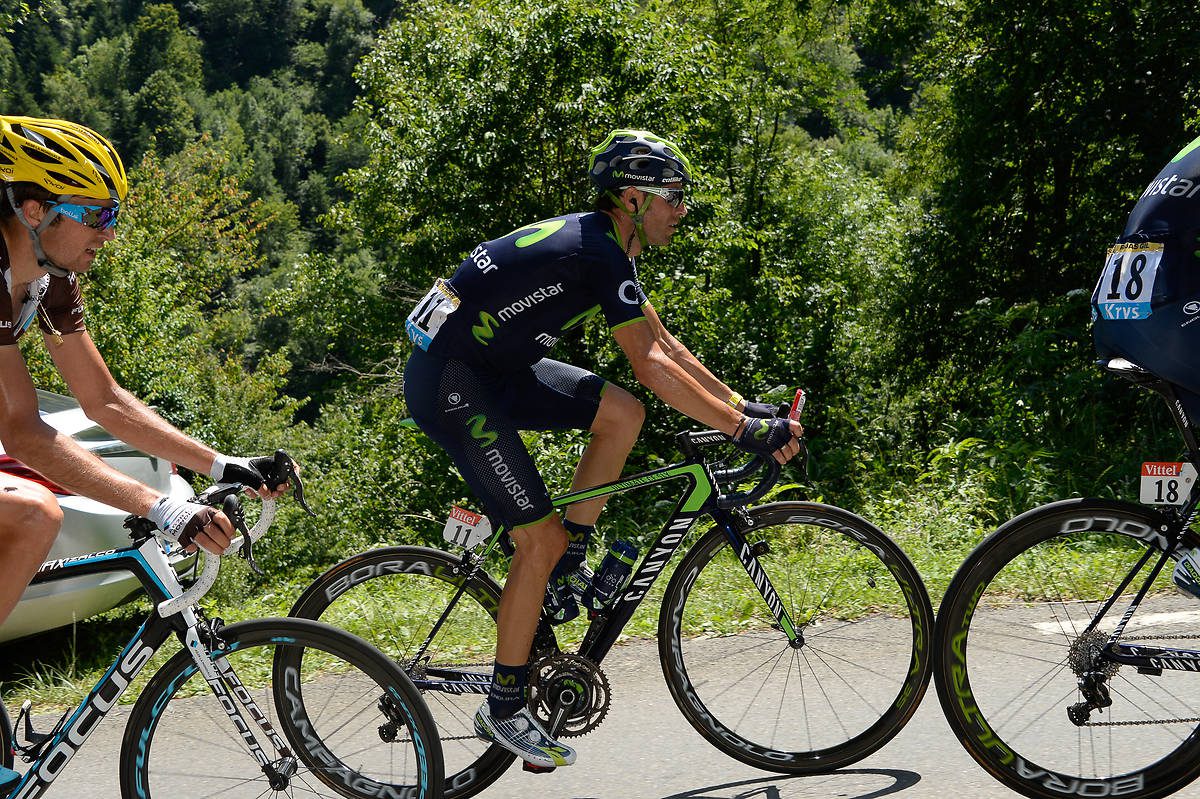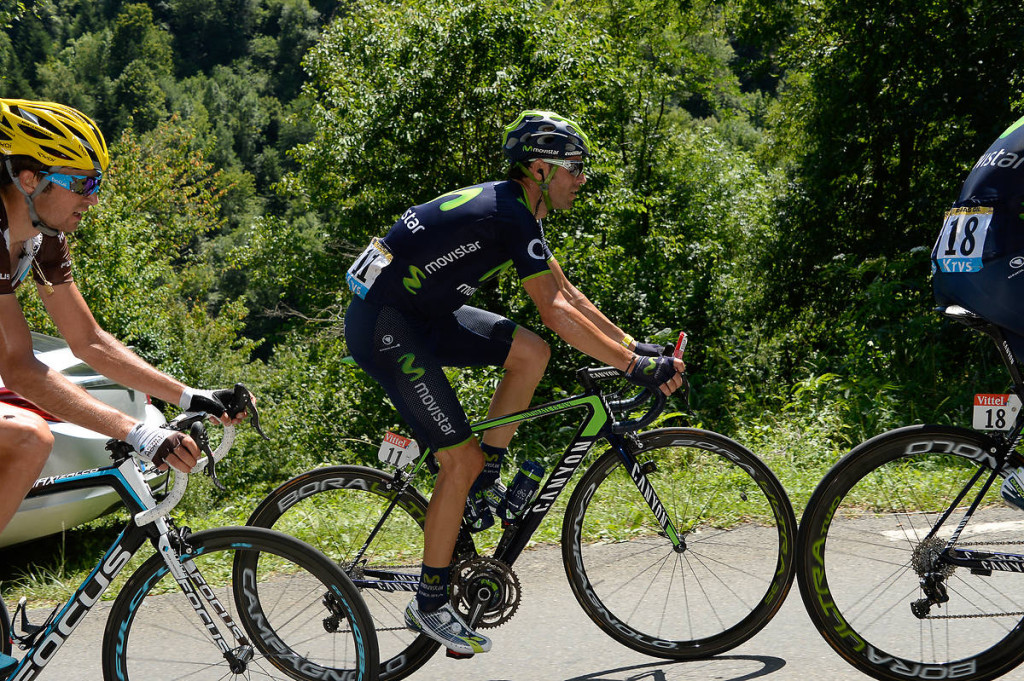Pacing like Valverde


People have been saying that with the loss of Contador and Froome that this year’s Tour de France has been kind of boring. I would disagree. In a cycling race there is always so much going on that something interesting happens everyday. “Chess on wheels” is how the sport was describe to me when I was starting out. I think that one of the more interesting stage finishes from this year’s Tour was Stage 17 at Pla d’Adet.
The headlines all read “Valverde suffers.” On the final ascent, Valverde’s rivals for second place on the overall classification—Bardet, Pinot and Van Garderen, all younger riders in the Tour—attacked him, putting him into difficulty. He certainly suffered as two of his Movistar teammates paced him. But what he didn’t do was blow up. Meanwhile, the trio up the road rode on, looking at one another as they pushed the pace. Behind Valverde suffered, swaying his shoulders and pushing at his limit. Again, he didn’t blow up. What did happen was that the trio up the road couldn’t hold their pace. They faded with Valverde closing the gap toward the final kilometer. In the end Valverde even had the strength to surge ahead of his attackers and take five seconds out of them. Impressive!
What is missing from the reports on that day’s stage was the story of how smartly Valverde rode to defend his position. On display was a great demonstration of pacing—knowing your limits and not ruining your day by going beyond them. Pacing is one of the most important aspects of cycling. A five-second sprint is completely different than a 45 second one, as is a four minute effort from a mountain climb, with each needing a different approach. If you overdo it at the bottom of the two-minute climb you will likely be going slowly at the top, losing all that ground you had gained. Imagine what that translates into on an hour-long mountain climb or on a four-hour ride. Knowing your body and what you can manage for each effort is key to riding proficiently. It will help you manage your losses, stay with the group, or even ride away when you least expect it. You’ll be surprised how fast you can go if you manage your efforts properly.
